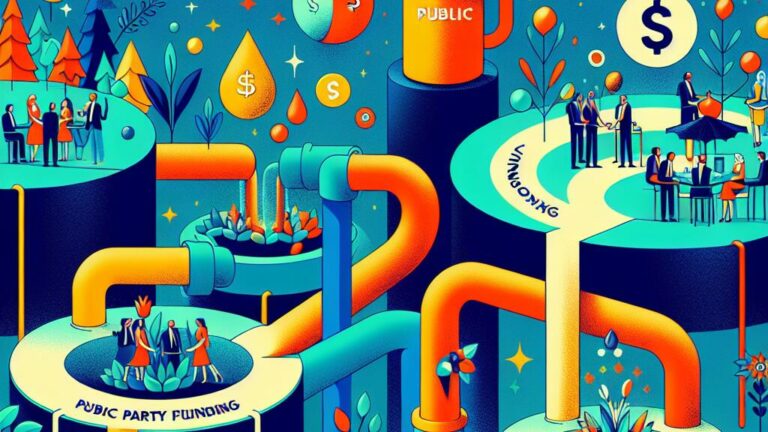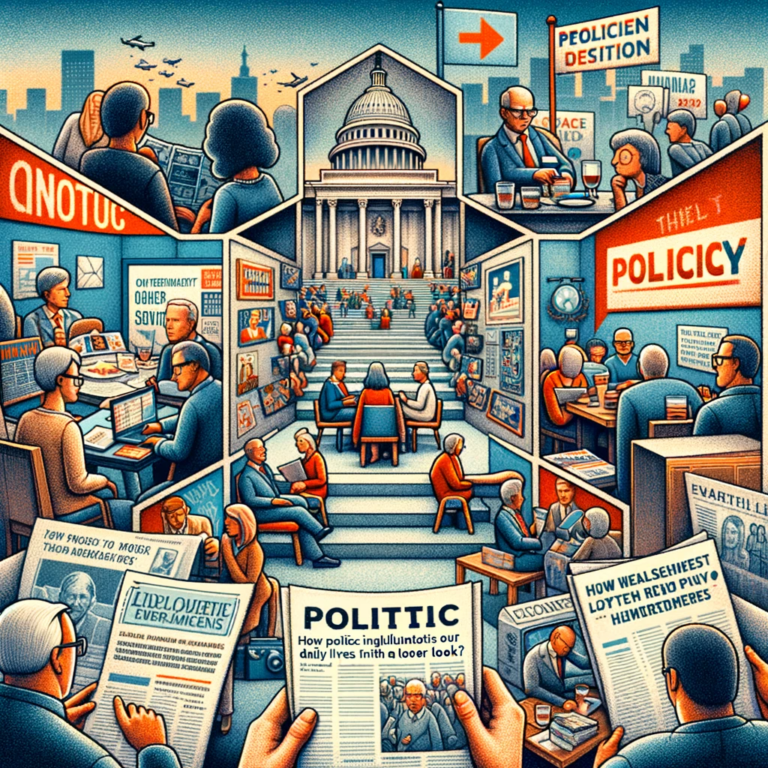Politics Unveiled: The Role and Responsibilities of Party Leaders in Energy Bills
The Role and Responsibilities of Party Leaders in Energy Bills
The American political landscape is a labyrinth of power dynamics, where party leaders hold the keys to shaping the nation’s legislative course. This article ventures into the intricate web of their responsibilities, particularly within the realm of energy bills, which impact every citizen. Welcome to the world of party leadership in the United States Congress.

Demystifying Party Leadership in Politics
The United States Congress is divided into two chambers: the House of Representatives and the Senate, each with its own set of party leaders. In the House, the majority leader assumes a significant role, while in the Senate, it’s the majority leader and the president pro tempore. Serving as their counterparts are the minority leaders in both chambers.
Party leaders ascend to their positions through elections or appointments within their party’s caucus or conference. Their influence extends to molding legislative agendas, committee assignments, and even guiding party members’ votes on critical issues. Effective communication between the party leadership and its members is paramount.
Roles and Responsibilities of Party Leaders
- Shaping Legislative Agendas: Party leaders are the architects of annual legislative agendas, identifying key issues and delineating strategies to advance their party’s goals. They play a pivotal role in driving legislative processes forward.
- Committee Assignments: Party leaders nominate or appoint party members to serve on specific standing committees, which wield considerable power in shaping bills and legislation before they reach the house floor. Committee assignments are a potent tool in the hands of party leaders.
- Whip Notices and Advisories: Party whips are integral to party leadership. They manage internal communication, disseminating information about the legislative agenda and ensuring party members vote in alignment with the party’s stance.
- Floor Leadership: Party leaders often lead debates on major bills and legislation, wielding de facto control over proceedings and striving to further their party’s objectives. The majority leader, in particular, holds substantial influence in the legislative process.
- Presiding Officer: In the absence of the House speaker, the majority leader assumes the role of presiding over the House of Representatives. Similarly, in the Senate, the Senate majority leader takes charge when the vice president is absent.
- Nominee for Speaker: The majority leader plays a pivotal role in nominating the party’s candidate for the speaker of the House—a critical decision, as the speaker wields significant legislative power.
- Member Consultations: Party leaders regularly engage with their party members to gauge opinions and garner support for various initiatives, ensuring party members remain aligned with the party’s objectives.
- Counterpart to the Speaker: The minority leader serves as the foil to the House speaker, voicing the perspectives and concerns of the minority party, even if they wield less power than the majority leader.
Navigating the Complex Landscape of Party Leadership
Party leaders serve as the primary spokespersons for their respective parties, guiding policy decisions, and rallying party members behind their initiatives. Their leadership roles grant them substantial influence, allowing them to shape the legislative process and steer the nation’s political direction.
Beyond the majority and minority leaders, other leadership positions within party organizations include party whips and caucus chairs. These roles are crucial in maintaining party unity and ensuring party members vote in accordance with the party’s objectives.
As each new Congress convenes and party hierarchies take form, party leaders in the House and Senate become vital in navigating the intricate world of American politics. They are the helmsmen steering the ship, responsible for translating their party’s agenda into legislative reality.
In Conclusion
In American politics, party leaders are the driving force behind legislative agendas, committee assignments, and the overall trajectory of the nation. Their roles and responsibilities, especially in shaping energy bills and pivotal legislation, are of paramount importance. As we unveil the dynamics of party leadership, it becomes clear that these leaders are the linchpins of the United States Congress, shaping the future of American politics.



